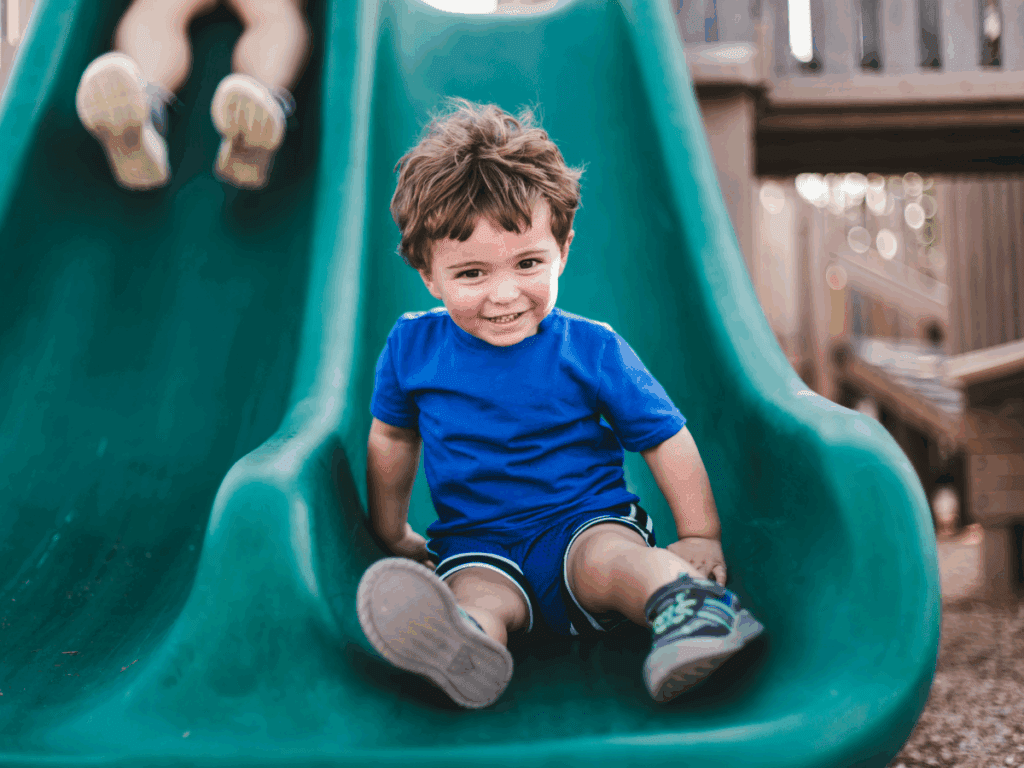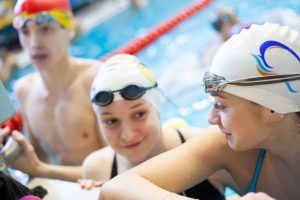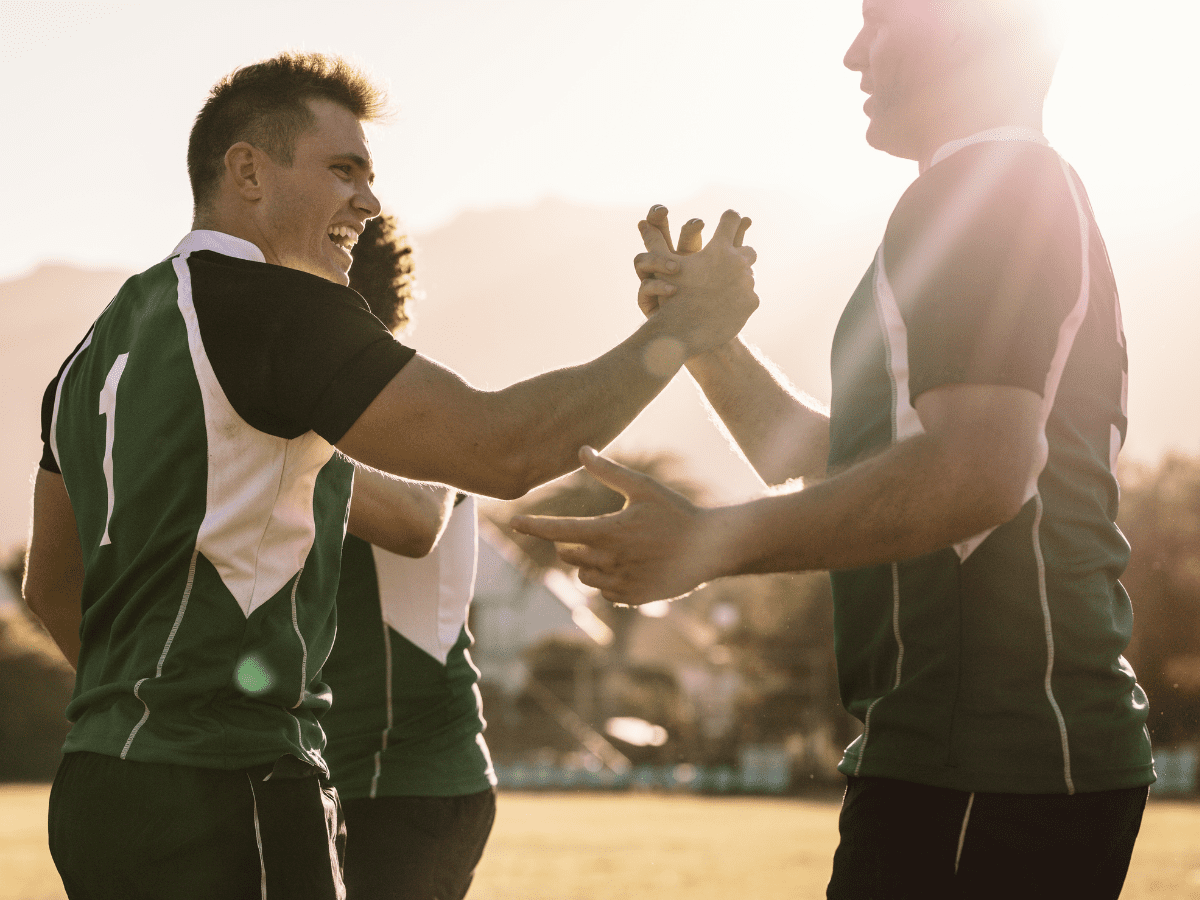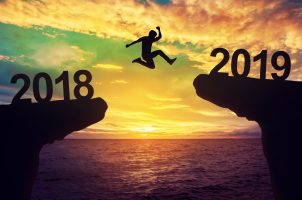Articles
SIRC articles provide evidence-based and actionable insights from sport researchers, athletes, coaches, sport organizations and thought leaders to advance sport in Canada.
Featured Article
Concussions in Sport: What Parents Need to Know About the Youngest Athletes
Each year in Canada, more than 200,000 athletes experience a concussion. The numbers are striking, and so is the fact that until recently, the youngest athletes were almost absent from research and public conversation about these injuries. Dr. Miriam Beauchamp is a professor at the University of Montreal, a researcher at Sainte-Justine Hospital, and Canada…

Search Articles

This blog is the second in a series by the authors on positive youth development in sport. If this is your first visit to this series, considering taking a few minutes to read the other two posts: Tips on How...
Coming of Age With Relative Age Research: Origins, Consequences, and Potential Solutions
January 22, 2019
| Laura Chittle, Jess C. Dixon, Sean Horton, and Joe Baker
On October 17, 2018, Relative Age Effects: An International Conference was hosted at York University where leading international scholars gathered to discuss the implications of athletes’ dates of birth on sport, health, and education. This article highlights the history of...

Changing the Culture of Hazing in Canada
January 22, 2019
| Dr. Jay Johnson and Dr. Margery Holman
Allegations emerging in media reports from Toronto’s St. Michael’s College in the fall of 2018 have made hazing top of mind for athletic staff at Canada’s secondary and post-secondary education institutions. Unfortunately, it is not an isolated event. Reports of...
Balancing Psychological Load: New Perspectives on Recovery
January 22, 2019
| Stuart Wilson, Joe Baker, and Nick Wattie
Current views on recovery Recent research by Nash and Sproule (2018) asked coaches for their views on recovery in training. While recovery was widely understood as crucially important, results revealed that few coaches think about psychological and cognitive recovery with...
Creating a Values-Based Sport System in Canada
January 22, 2019
| Alison Jones and Michael McLenaghen
Across playing fields, courts and ice rinks in Canada, demands for improvements in the quality of the sport experience are growing. While sport has long been celebrated for its role in developing the character of our nation, stories shared in...
Athlete Perspective: My reality as a clean athlete in a not so clean sport
January 22, 2019
| Christine Girard
SIRC’s Athlete Perspective series provides insight and recommendations on key issues from an athlete’s perspective. The collection of blogs and SIRCuit articles profiles Canada’s Olympic and Paralympic athletes and taps into their lived experience. I started weightlifting in a small,...

2018 Year in Review
January 8, 2019
| Sydney Millar, SIRC Content Manager
As we ease ourselves into the year ahead, here is a round-up of the most popular SIRCuit articles and SIRC blogs from 2018! Top 5 SIRCuit articles The implications of cannabis legalization for athletes Issues in athlete identification and selection:...

Building a genuine feedback culture within your sport starts at the top
November 7, 2018
| Claire Carver-Dias, Clearday Communications
Sport is often held aloft as an example of an environment where feedback flows easily. As a communications coach and management consultant working with business leaders across North America, I often publicly herald the virtues of the feedback culture I...
Increasing engagement by addressing de-selection practices in youth sport
October 10, 2018
| Jonathan Mauro, Douglas Gleddie, and Lauren Sulz
As researchers and educators who have been (and still are!) extensively involved in sport, back to school time also means back to school SPORT time! Through our personal experience and our research, we know firsthand the positive impact that participation...
Taking Athlete Development to a New Level: Understanding the Value of a Trauma-Informed Approach
October 10, 2018
| Tanya Forneris, University of British Columbia Okanagan
Increasing attention in research and practice has focused on the physical and psychological impacts of trauma and violence, for example from living in conflict zones or experiencing family violence. In North America, such work has led to an increased understanding...